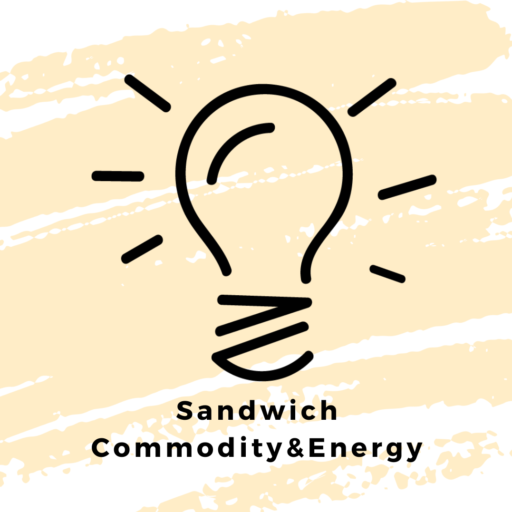🛢️ Fueling Recovery: America’s Oil and Europe’s Rebirth
The guns fell silent in 1945, but the world was anything but stable. Europe lay in ruins—its cities bombed, its factories idle, and its economies teetering on collapse. Yet while rubble filled the streets of London, Paris, and Berlin, oil flowed—from America.
In the wake of victory, the United States didn’t just emerge as a military superpower. It rose as the undisputed center of global energy, with its oilfields humming and its refineries operating at unprecedented scale. In this fragile postwar moment, America oil dominance became more than economic—it became strategic diplomacy, and nowhere was this more visible than in the ambitious effort to rebuild Europe: The Marshall Plan.

The Marshall Plan: Rebuilding Through Energy
Launched in 1948 and named after Secretary of State George C. Marshall, the European Recovery Program was about more than aid—it was about reviving industrial Europe to prevent the spread of communism and create strong economic partners.
But factories don’t run on ideals. They run on energy.
The Marshall Plan included shipments of food, machinery, raw materials—and above all, oil. From 1948 to 1952, the United States delivered millions of barrels of crude oil and refined products to war-torn European nations, enabling them to power their rebuilt industries, heat homes, and fuel transportation. American petroleum became the invisible engine behind Western Europe’s economic comeback.
⚙️ Oil as a Tool of Foreign Policy
For Washington, oil wasn’t just an export—it was a tool of influence. Supplying fuel meant shaping recovery. It meant building loyalty. It meant embedding American oil companies—like Standard Oil of New Jersey (Exxon) and Texaco—into the very infrastructure of European industry.
Wherever U.S. aid went, American oil followed. Pipelines were built. Refineries were restored. Tankers filled with Gulf Coast crude pulled into European ports under the Stars and Stripes.
The postwar world was learning a new equation: reconstruction required fuel—and America had plenty to give.
🌍 A Global Energy Hegemon Emerges
By the early 1950s, the U.S. was producing nearly two-thirds of the world’s oil supply. American petroleum not only powered Europe, but also Japan, parts of the Middle East, and the growing Cold War military presence overseas. The Pentagon, NATO, and rebuilding allies all relied on U.S. crude.
In many ways, this period marked the high point of American oil dominance—a time when both barrels and policies flowed outward from Washington and Houston alike. It was the United States, not the United Nations, that became the engine of global recovery.
⛽ But Cracks Were Forming
Yet beneath the triumph, signs of strain emerged. European nations began rebuilding their own energy sectors. Middle Eastern countries, watching billions of dollars in oil profits flow to Western companies, started to ask hard questions. And American policymakers, eager to maintain their grip on supply, began to look anxiously toward the Persian Gulf.
The world America had rebuilt was gaining strength—and starting to seek more control over its own energy destiny.
